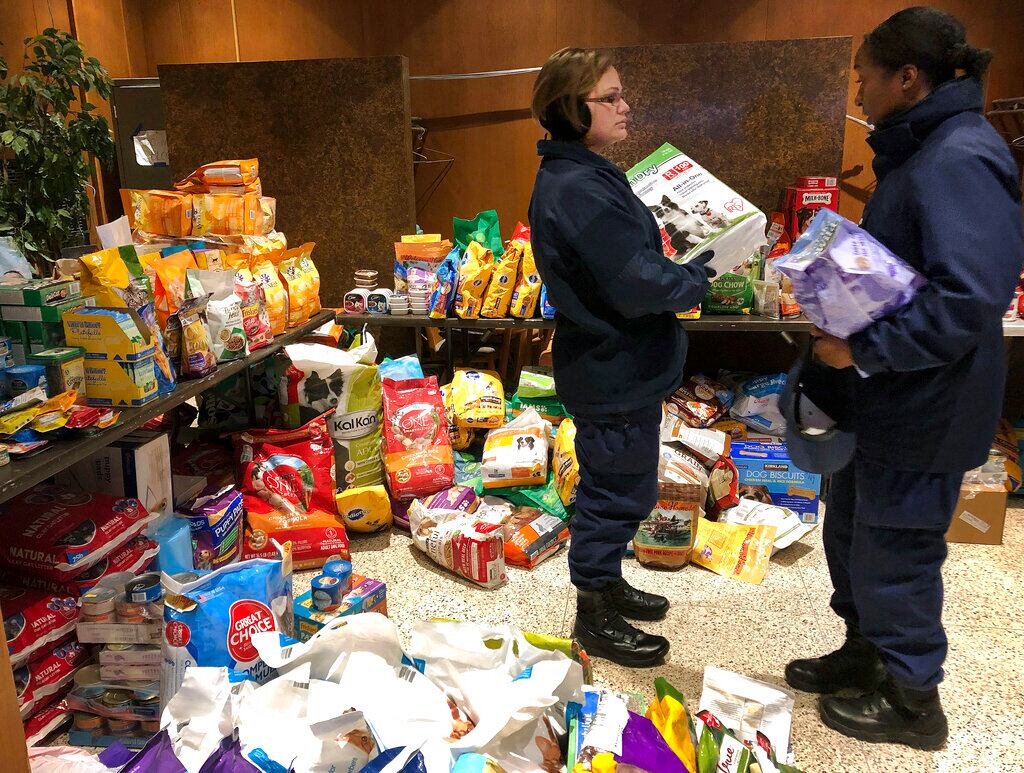The Air Force award of a contract for the long-range strike bomber, originally expected last spring, could take up to three more months, Air Force officials said.
Bill LaPlante, the service's undersecretary for acquisition, said the program announcement will be "done when it's done" and the Air Force wants to have it right instead of quickly. The program will be flying with the service for the next 50 years, so the initial announcement does not need to be rushed.
"It is more important that it gets underway at the right time and we get it right," LaPlante said Thursday at the Center for Strategic and International Studies think tank in Washington, D.C.
LaPlante's comments come the day after Air Force Secretary Deborah Lee James told Reuters that the decision on the award could slip into September.
Two teams are vying for the next-generation bomber, which is expected to have a large impact on the future of the companies. Northrop Grumman, which built the service's newest nuclear stealth bomber, the B-2, is going up against a joint consortium of Lockheed Martin and Boeing.
The service wants to field between 80 to 100 of the bombers to replace its B-52 fleet, starting in 2020. It wants to spend about $500 million per aircraft, with the total contract being worth up to $80 billion.
Service officials had expected to announce a contract in the spring, but the decision had been pushed to the summer. Now it appears the award could not come in the fall.
James told Reuters that while she wants to avoid a protest against the award, the losing bidder has a right to challenge it.
The Air Force is facing some criticism from Congress on the program, with the House version of the fiscal 2016 National Defense Authorization Act decreasing funding for the program by $460 million, though much of the funding for development of the bomber is hidden in the classified, or "black," budget.
The Air Force has been mum on the details of what it expects with the bomber, other than it will be stealthy, carry both nuclear and conventional weapons and could eventually be optionally manned.
Next-generation JSTARS announcement
The Air Force expects to select up to three contractors in the first round of selection for a next-generation Joint Surveillance Target Attack Radar System. Those service will pick three contractors will to begin a process to outline production goals and identify risk, before the Air Force selects and will follow up by selecting a winner to begin developing the aircraft, LaPlante said.
The Air Force currently flies 18 JSTARS, which are outfitted with long-range radars to locate and track ground vehicles. The service uses a modified, aging Boeing 707-300. Boeing doesn't make the airliner anymore, meaning it is more difficult and expensive to find replacements and keep the aircraft flying.
The competitors for the project are beginning to come into view, with contractors combining efforts to vie for the award. Lockheed Martin, Raytheon and Bombardier announced last month they will combine their efforts on a long-range Bombardier jet. Northrop Grumman announced it is partnering with Gulfstream, and L-3 will enter with a modified Gulfstream G550 jet. Boeing has said it will enter with the larger 737.





